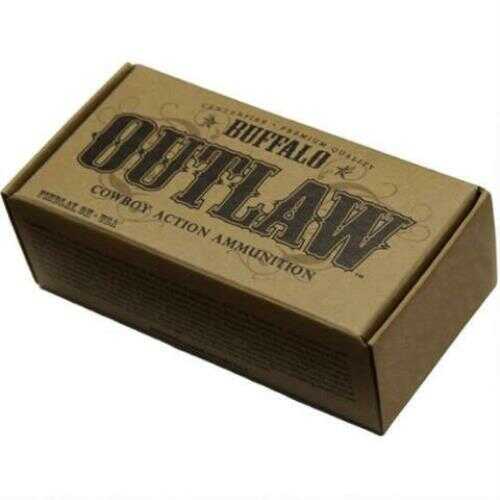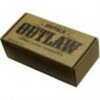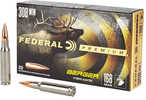Buffalo Cartridge 45-70 Government 405 Grain Lead Round Nose Flat Point Ammo, 20 Rounds Md: BCC00043
Step into the Old West. Buffalo Cartridge precisely formulates each Outlaw® round to provide you with outstanding accuracy, low velocity, and low recoil -- ideal for Cowboy Action Shooting. We use only high-grade components to ensure your Outlaw® experience is not only bold but reliable. Experience the authenticity of the past with the precision of the present.
This round is specially designed as a low pressure cartridge for use in early model .45-70 rifles, and can also be used in modern rifles for applications such as hunting.
Cartridge: .45-70
Condition: New
Bullet Weight: 405gr
Bullet Type: Lead Round Nose Flat Point
Muzzle Velocity: *1304 fps
Muzzle Energy: 1531 ft lbs
Rounds Per Box: 20
| Specification |
|
Value |
| Caliber |
|
45-70 Government |
| Weight |
|
405 Grain |
| Bullet Type |
|
Lead |
| |
|
|
| MFG NO |
|
BCC00043 |
| SKU |
|
5794069 |
| UPC |
|
724165045934 |
The Below Information Has Been Provided From Our Gun Caliber Dictionary And Is Meant For Informational Purposes Only. It Is Not Intended to Describe The Unique Specifications For This Ammunition.
Developed by the U.S. government for the trapdoor Springfield, the 45-70 was introduced in 1873, thus among the oldest cartridges still in continuous production. In the hands of the U.S. Army this was the cartridge that really won the West! Although officially replaced as our service cartridge by the 30-40 Krag in 1892 the 45-70 saw service in Cuba and the Philippines. It had long since been a popular sporting cartridge--and remains so today. Using a .458-inch bullet in a rimmed 2.105-inch case, original loadings with 70 grains of blackpowder used a 500-grain bullet for infantry and 405 grains for cavalry. Today's factory loads with smokeless powder are mild due to potential use in the weak trapdoor Springfield action. Standard is a 405-grain bullet at 1330 feet per second, with 300 and 350-grain loads at higher velocity available. The 45-70 was and is widely chambered in single-shots and remains popular in large-frame lever actions from Browning/Winchester, Henry, and Marlin. —
Craig Boddington













